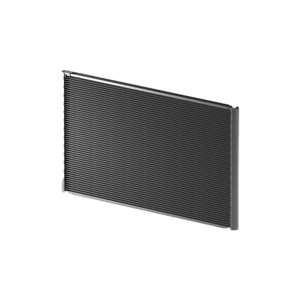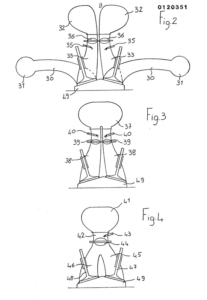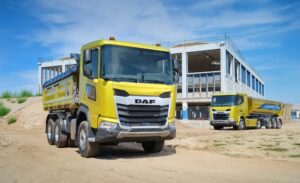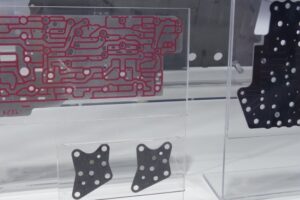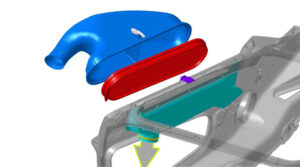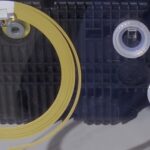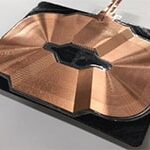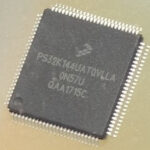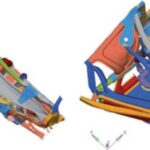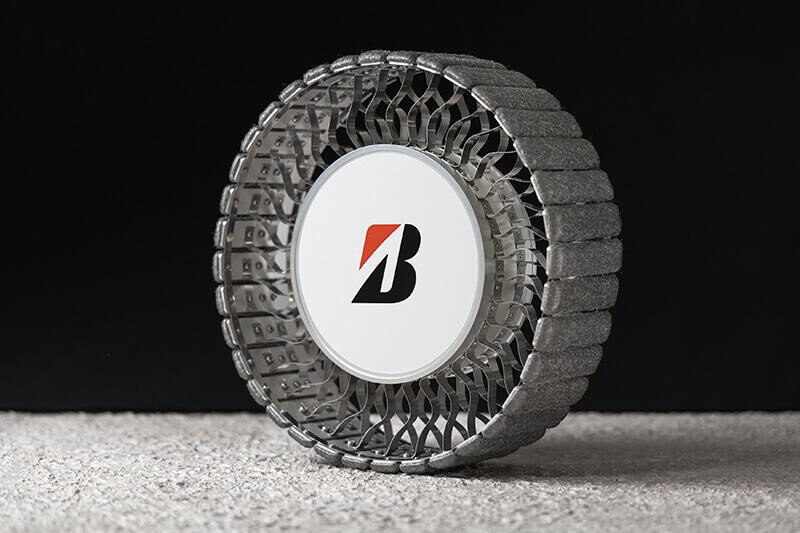
The new concept model of the tire will be displayed at the 39th Space Symposium, the United States’ largest space-related symposium, in Colorado Springs in the United States from April 8 to 11, 2024.
Through this project, the company aims to become an essential part of the future of mobility by taking on the challenge of exploring extreme conditions on the moon’s surface.
Bridgestone’s lunar rover tire, in its first-generation, incorporates its unique technology inspired by the footpads of camels that traverse deserts. By placing a soft, metal-based felt material on the tread area that contacts with the moon’s surface, which is covered with fine sand called regolith, Bridgestone has enhanced the frictional force between the tire and the regolith, resulting in superior traction. With this technology advanced, its new second-generation tire applied the skeletal structure to meet the harsher demands for durability and traction on the lunar surface that the company discovered through the research and development efforts. For the new structure, the company has utilized technologies which have been accumulated thorough the development of next-generation “Air Free®” tire and introduced thin metal spokes and divided the tread segment in the rotational direction to withstand the extreme lunar environment, characterized by rocks, sand, vacuum conditions, and intense temperature fluctuations and radiation exposure. This innovative structure achieves high level durability and ability to traverse. Furthermore, with the advancement of both real and digital technologies, the company optimized the shape and thickness of the metal spokes using structural simulations. This allows the spokes to flex while minimizing localized strain on the metal spokes, thereby enhancing tire’s durability and improving the traction and ability to traverse by increasing the contact area and reducing sinking with divided tread segment. Bridgestone is supporting the movement of lunar mobility with safety and peace of mind, enabling humankind to pursue the moon from the ground up with these “mastering road contact” technologies.



